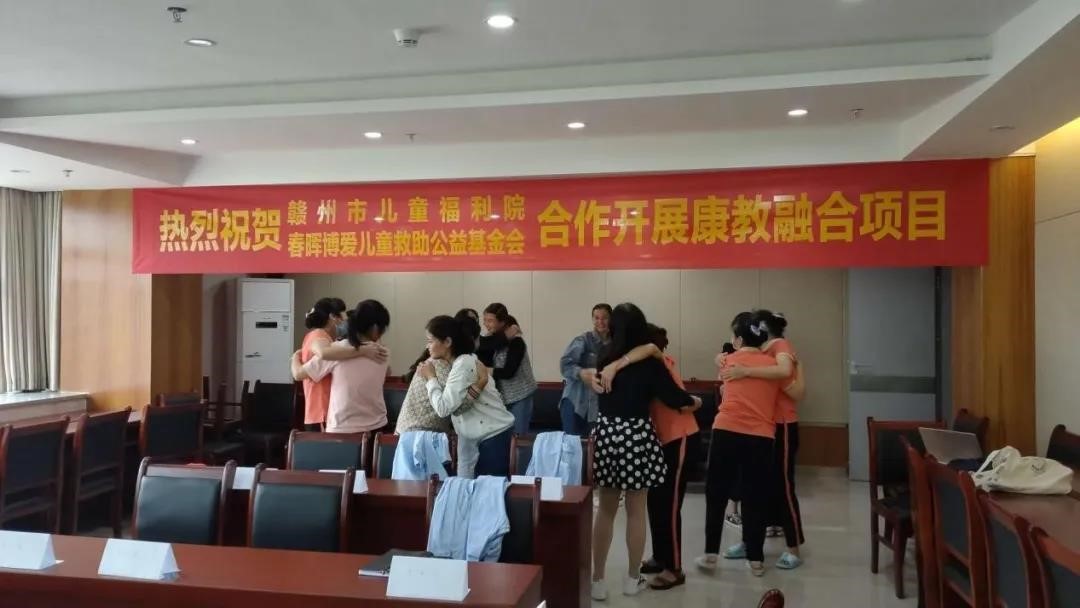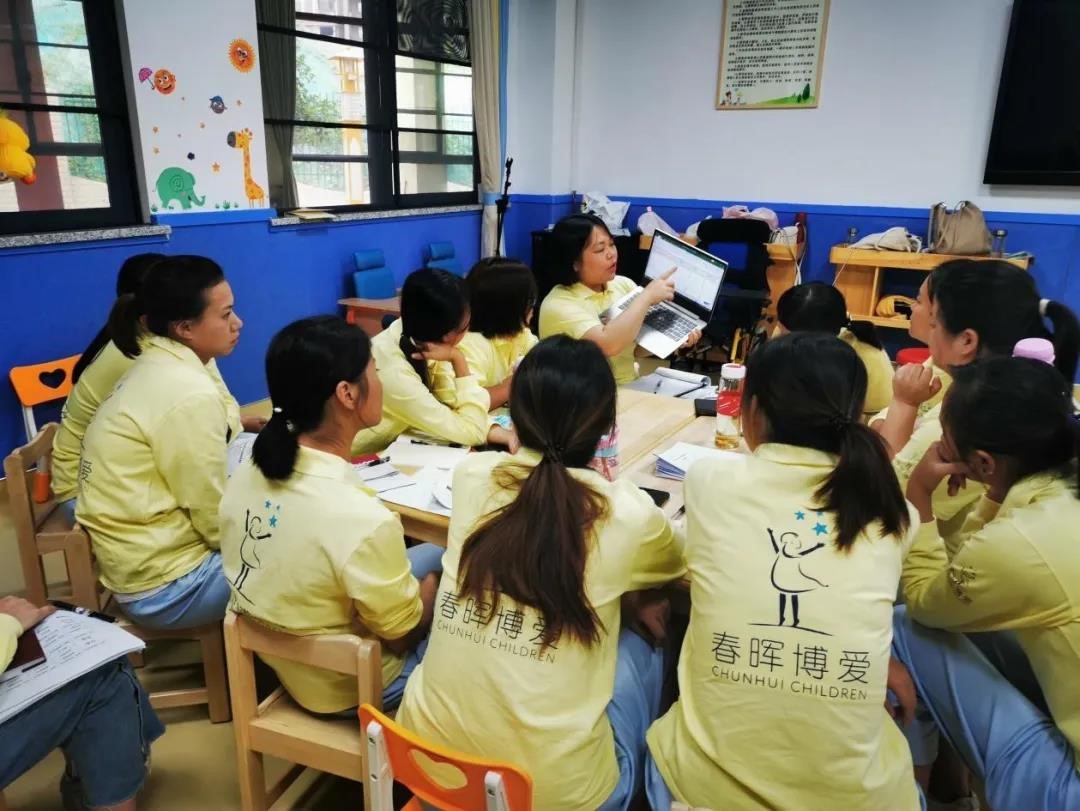Rehabilitation & special education integration, a recommendable program model.
Rehabilitation & special education integration and evaluation is a demonstrative project funded by the central government to serve special needs children in welfare institutions. It’s notable that the Standards on Integrating Rehabilitation & Special Education Services for Children in Welfare Institutions (the Standards) jointly developed by Chunhui Children and Nanchang CWI have been made public. The Standards, together with the program in Ganzhou CWI, will serve as a model for integrating rehabilitation and special education services.
It takes plenty of time and observation to promote a child’s development. As mentioned in Evaluation is Not to Give Judgements, but to Find Chances for Life, evaluation is no more than a start towards serving children with special needs, what’s more important is to give them chances for a bright future. Rehabilitation & special education is a brand-new program.
In Sept 2020
Chunhui Children evaluated more than 100 special needs children in county-level welfare institutions within the jurisdiction of Ganzhou City, Jiangxi Province.
In Oct 2020
While everyone is celebrating the National Day, Chunhui’s training team went to Ganzhou twice around the holiday.
In Nov 2020
Almost all Chunhui trainers gathered again in Ganzhou and evaluated more than 300 children.
Why frequent travels to Ganzhou?
Chunhui Children aimed to set up a rehabilitation & special education program in Ganzhou CWI and create a nurturing environment for the children.

Do children in welfare institutions need rehabilitation & special education services?
Orphanage children need rehabilitation services in their daily routines.
01
The goal of rehabilitation is to help one who lost her/his abilities for daily life get these skills back and function as typical persons. More often than not, assistive devices are used, and all-round interventions are needed. One of the key approaches to achieve maximum results is to apply rehabilitation treatment into daily life. Children in welfare institutions, however, have little access to such routine treatment, instead they usually receive one-on-one service, such as muscle building and language redirection in a rehabilitation room from a rehabilitation professional. This will compromise rehabilitation effects.
02
Besides rehabilitation, children with severe special needs have little chance for education. Physical special needs preclude school-age children from entering community schools.
In other words, these children need special education and individualized teaching plans from professional teachers.
Government Recognition and Support for Chunhui Children
National applicable policy encourages inclusive education and individualized support plans for children in welfare institutions. Chunhui Children has been providing such education in the institutions for 20 years.
Chunhui Children has been committed to providing a package of services,
including individualized education plans, rehabilitation and routine care, in order for children with special needs to live a quality life like typical children. While visiting the classes providing integrated services in one of Chunhui’s partner welfare institutions, administrators from the MCA acknowledged the integration program as a duplicable model.
What is rehabilitation & special education integration?
It’s a combination of rehabilitation and special education delivered to improve the life quality of children with special needs. But it’s much easier said than done.
A rehabilitation professional helps a child use assistive devices and keep proper positions while engaging in classroom activities or one-on-one games.

If necessary, rehabilitation professionals come to nursery rooms and, with help of the caregivers, help children develop self-help skills.
Rehabilitation & special education integration is an innovation for welfare institutions. What matters most for this model is to set up a transdisciplinary and interdepartmental team, embrace the “life-long management of the whole child” philosophy, and guarantee each child’s rights to life and education.
How is a rehabilitation & special education program set up?
This program model is nothing magical. It needs Chunhui teams’ incomparable commitment and passion. Before program site build, they put a landslide of efforts into coordination, staff recruitment and materials procurement.
1. Where are the classrooms?
The first consideration for program rooms is location. The program team chooses the most appropriate rooms for group activities, book reading and arts based on their space, area and lighting.
2. What is available in the classrooms?
Different areas are set up. Safe and developmentally appropriate materials and toys are provided.
3. What do teachers learn?
After environment is set up, training for teachers begin. Rehabilitation & special education teachers are trained on secure attachment, early childhood development, the types of special needs and ways of support.
Most children in welfare institutions have delayed language development, and need communicate with the caregivers through body language and expressions. The teachers need learn to observe children, interpret and respond to their needs. Through responsive care, they help the children establish secure attachment.
Many new teachers are worried when they first meet the children in welfare institutions. They are at a loss as to how to care for them. Actually, these children are no different from typical children. They also need loving care and attention. For caregivers, it’s not easy to give them consistent and professional one-on-one care.
4. Are everyday practices necessary?
Training is followed by practices. The program trainers and teachers work together to evaluate the program children and develop daily activity plans for them. The plans include routine outdoor games, indoor games, physical exercises, artistic creation and, more importantly, development of such self-help skills as grasping, eating and dressing…
Teachers, rehabilitation professionals, caregivers/parents develop one-day routines and teaching activities together. In addition to group activities, targeted one-on-one support (IEP) is provided for each child.
In the early days they work with the rehabilitation and special education program, the teachers may be thrown into a panic. But as time goes by, day in and day out, their efforts pay off. They find the children are beginning to form secure attachment. They cry less, warm up to the teachers and learn to feed themselves.